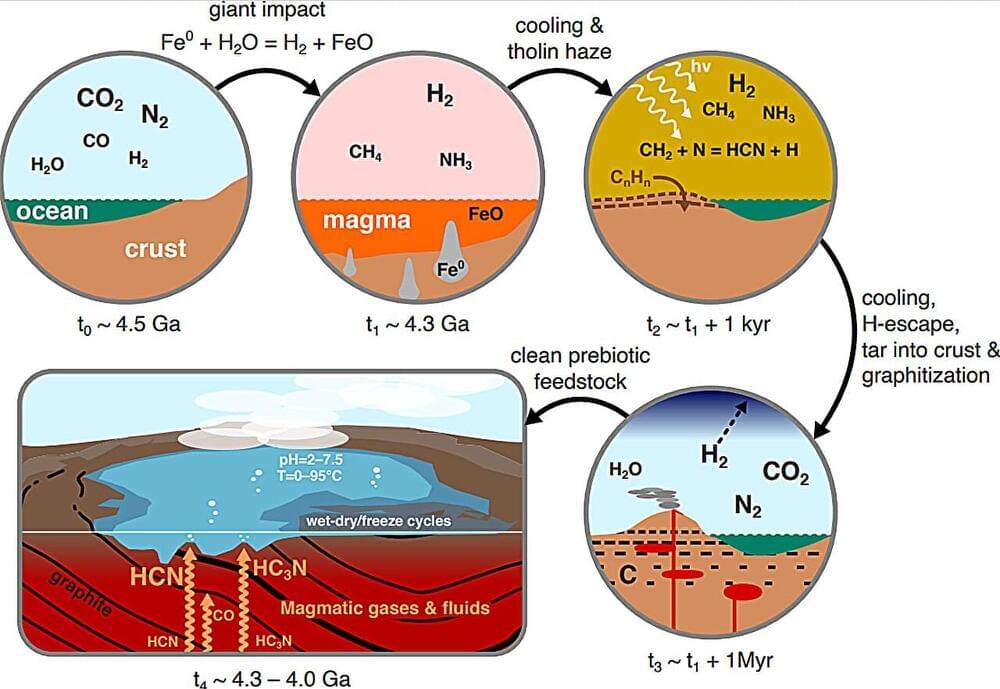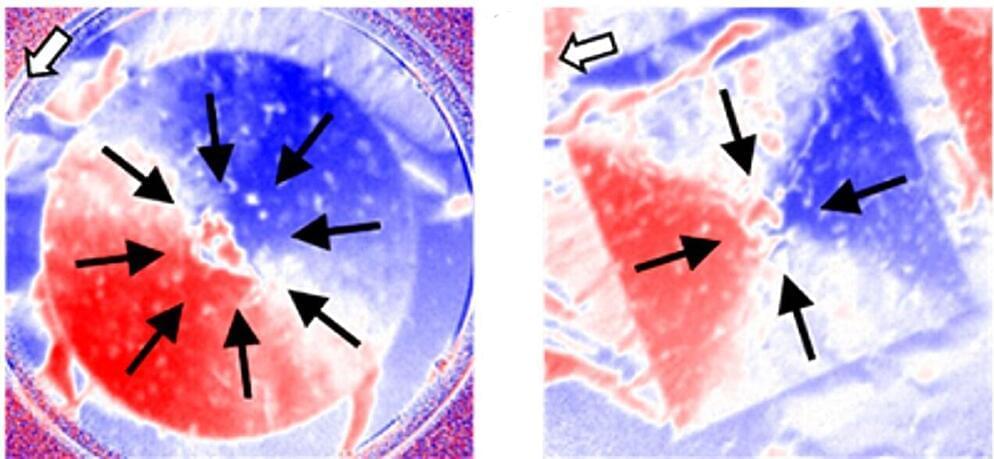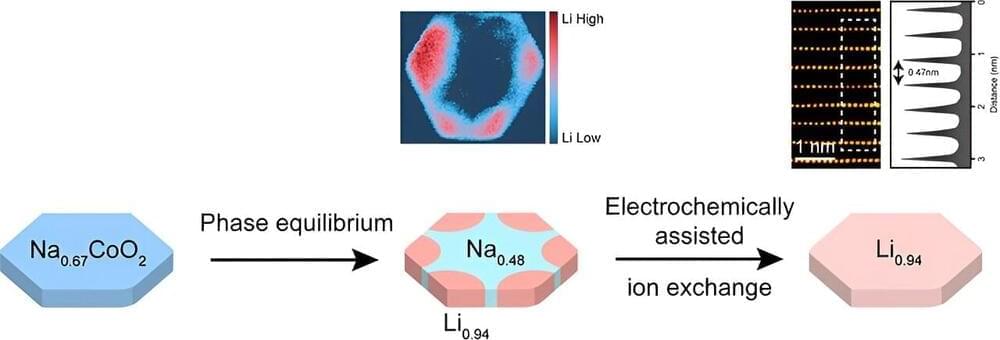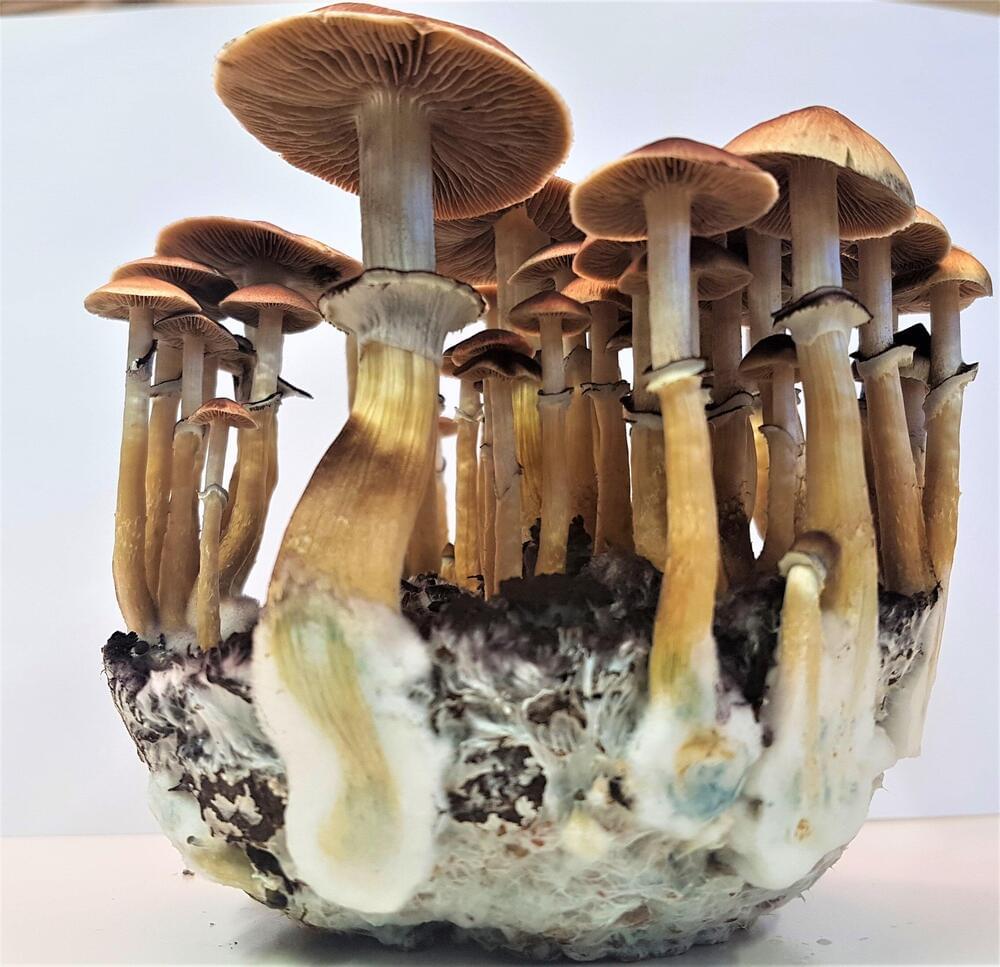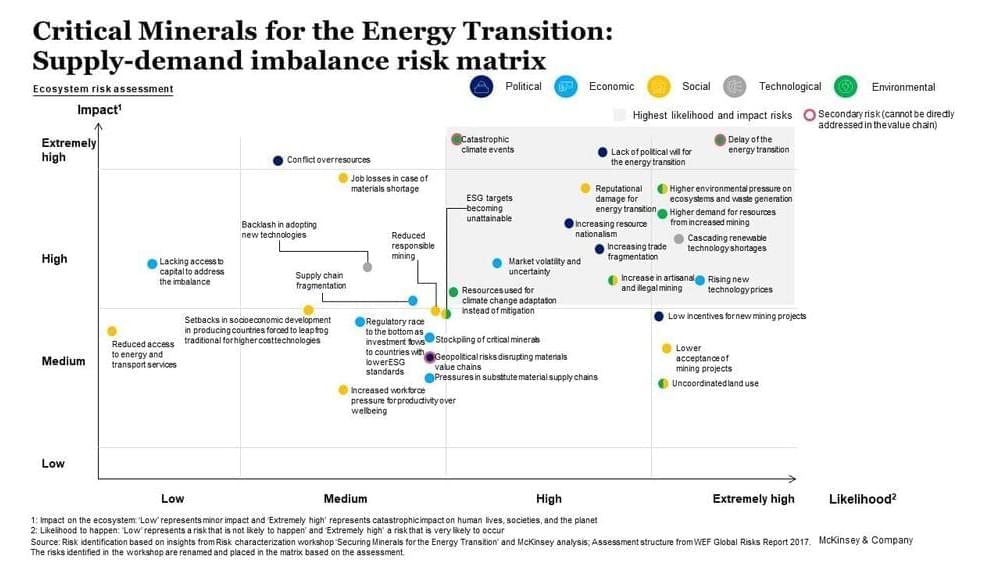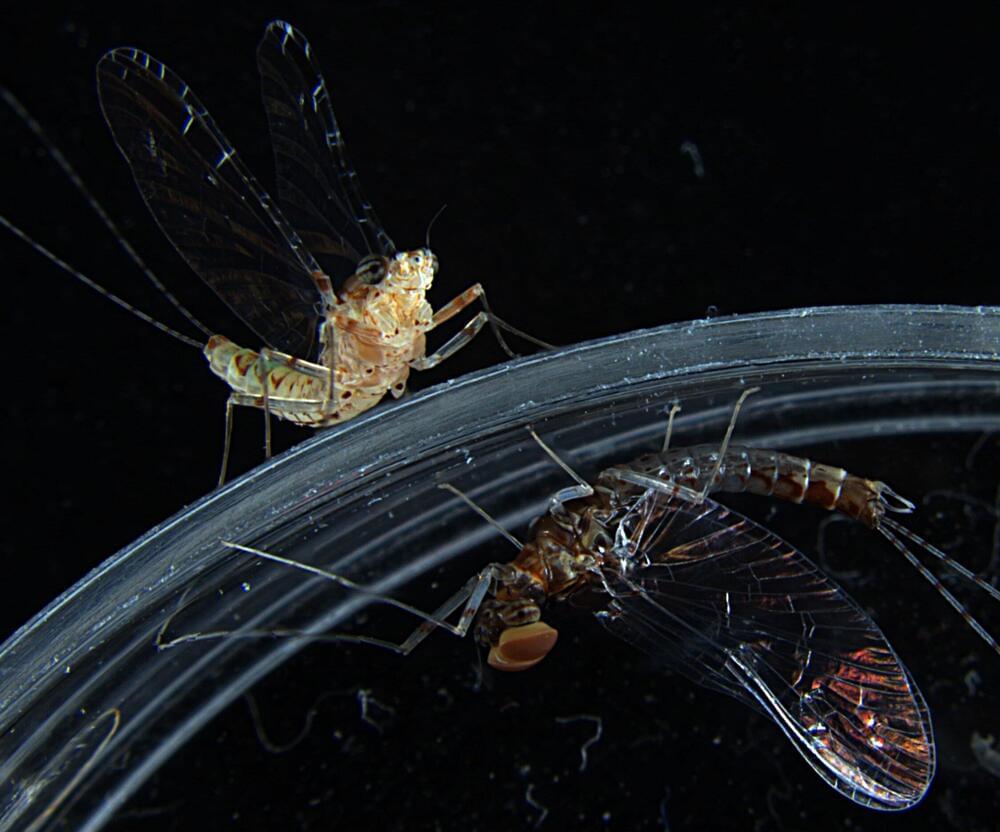
Seven hundred million years ago, a remarkable creature emerged for the first time. Though it may not have been much to look at by today’s standards, the animal had a front and a back, a top and a bottom. This was a groundbreaking adaptation at the time, and one which laid down the basic body plan which most complex animals, including humans, would eventually inherit.
The inconspicuous animal resided in the ancient seas of Earth, likely crawling along the seafloor. This was the last common ancestor of bilaterians, a vast supergroup of animals including vertebrates (fish, amphibians, reptiles, birds, and mammals), and invertebrates (insects, arthropods, mollusks, worms, echinoderms and many more).
To this day, more than 7,000 groups of genes can be traced back to the last common ancestor of bilaterians, according to a study of 20 different bilaterian species including humans, sharks, mayflies, centipedes and octopuses. The findings were made by researchers at the Centre for Genomic Regulation (CRG) in Barcelona and are published today in the journal Nature Ecology & Evolution.


